Many large corporations have offices in multiple countries, and even if they operate from a single location, they more than likely ship products internationally.
Boosting search engine visibility in various international markets is a critical factor for achieving faster growth — something that anyone who works in digital marketing wants!
For that reason, many enterprise SEOs find themselves tasked with positioning their brands in different countries.
Positioning a website for international search queries requires a completely different approach.
You have to blend technical SEO and content marketing with country-specific customer preferences (including local language considerations).
In this guide, you will learn that approach in full detail.
We’ll discuss:
- Market Evaluation & International Keyword Research: How to identify which locations to target first
- International SEO Strategies: What decisions to make before launching an international SEO campaign
- Optimizing Your International Site: How to ensure that your new site is ready to rock the foreign market
Part I. Market Evaluation & International Keyword Research
Before we dive into international SEO best practices, you’ll need to know: What foreign markets should I target?
Not all markets offer the same opportunity, after all.
Although the decision on which foreign markets to enter may not be entirely up to you, you still have to validate the opportunity of each. For one, it might help you prioritize the work and decide which locations you’ll target first.
Look at your current traffic levels from target locations
Depending on your preferred targeting method (i.e. targeting a specific country or a language, discussed further below) check traffic by either location or language in Google Analytics.
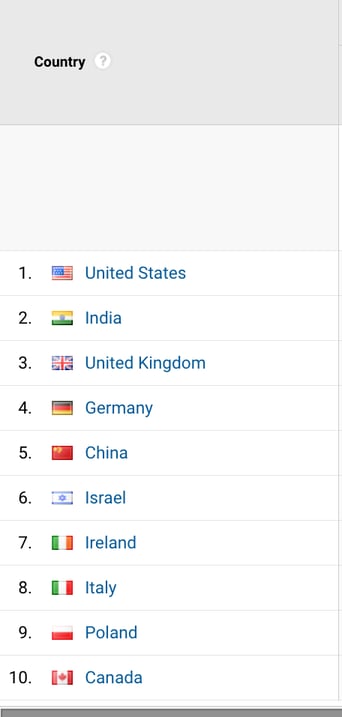
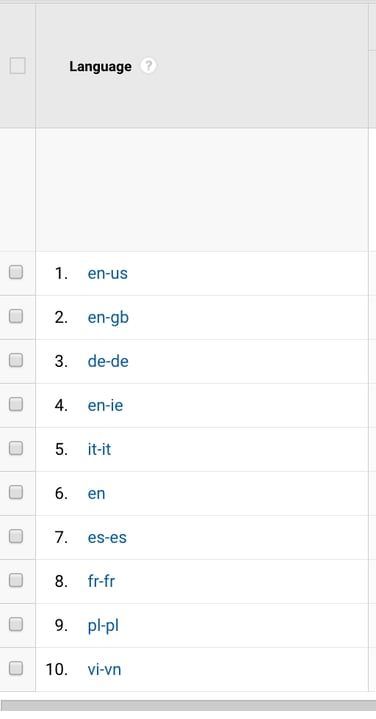
Alternatively, if you’re using an enterprise SEO platform like seoClarity, assess your traffic by country.
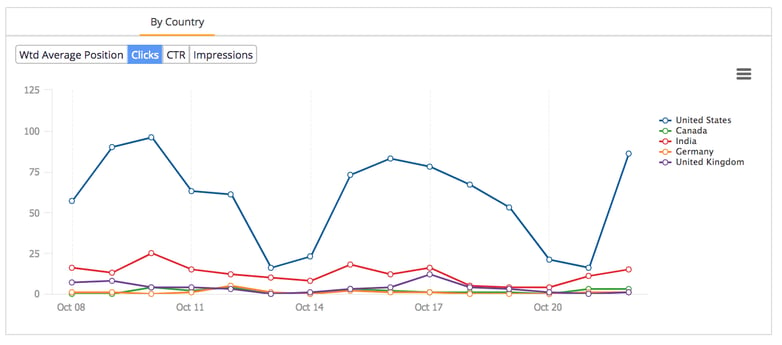 (Search analytics report in seoClarity.)
(Search analytics report in seoClarity.)
You can also correlate the data with other information to gain a deeper understanding of your market.
For example, analyze search impressions in the target market. Assuming that your global site doesn’t rank well, you might receive a low CTR. Analyzing impressions might give a much better insight into the traffic potential and interest in the target location.
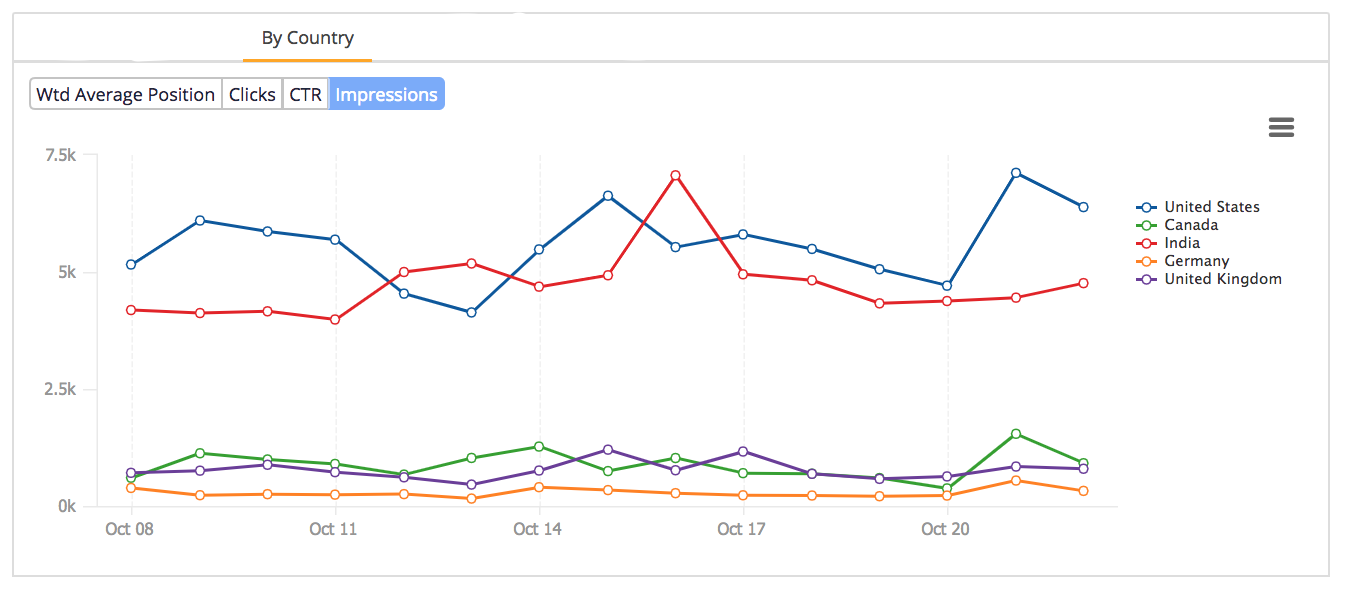 (Search volume report in seoClarity.)
(Search volume report in seoClarity.)
The above will help you the top target markets that already drive traffic and results.
Assess search opportunity with keyword research
All content marketing efforts start with keyword research, even international projects.
This is where things can get tricky, especially if you plan to target international SEO by language.
Analyze Google Search Console data for countries and then queries. Unfortunately, oftentimes GSC returns English-speaking results for foreign searches anyway.
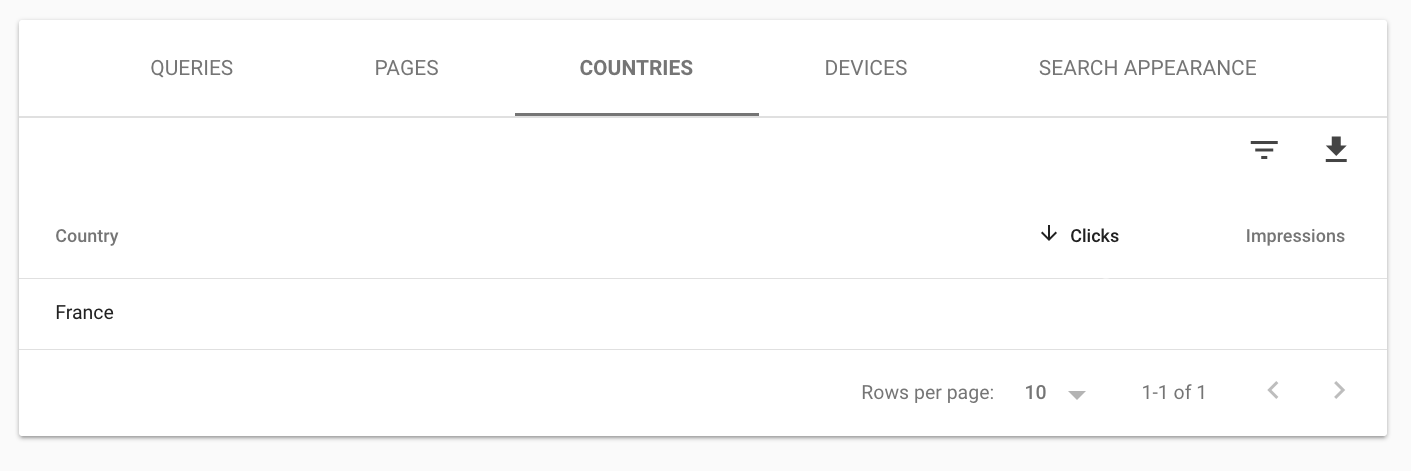
For the best results, work with a translator to understand how people search for content like yours in the target location.
That said, if you target by country with the same language as yours, then the above method will work just fine.
If you don’t have access to a translator to find foreign language keywords to go after, you can benefit from an SEO keyword research tool.
Enter in your target keyword in your own native language (here we use Topic Explorer), and select the country you’re looking to target. The technology does all the work for you.

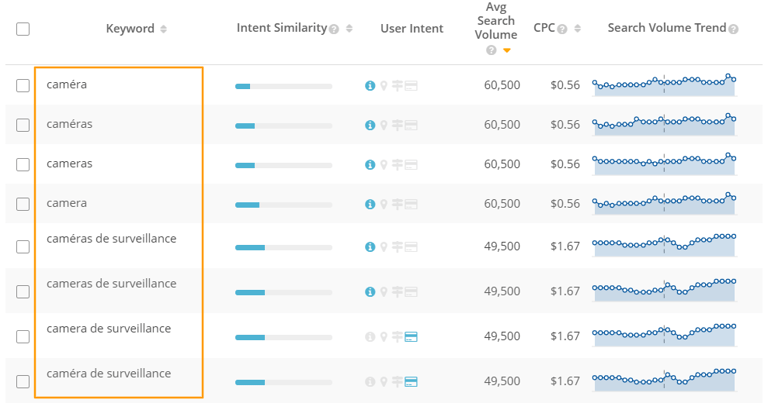
Follow our blog post on International SEO Keyword Research to learn which terms to target.
Analyze the Competitive Landscape
If you have the ability to do so, you should also use your keyword research tool to understand who your competitors are in the foreign market.
 (seoClarity's Research Grid.)
(seoClarity's Research Grid.)
When you discover domains that rank for keywords in your SEO universe, you can find the overlap between those domains, as demonstrated here with Content Gaps. This shows you what keywords your competitors rank for that you don’t — aka opportunity!
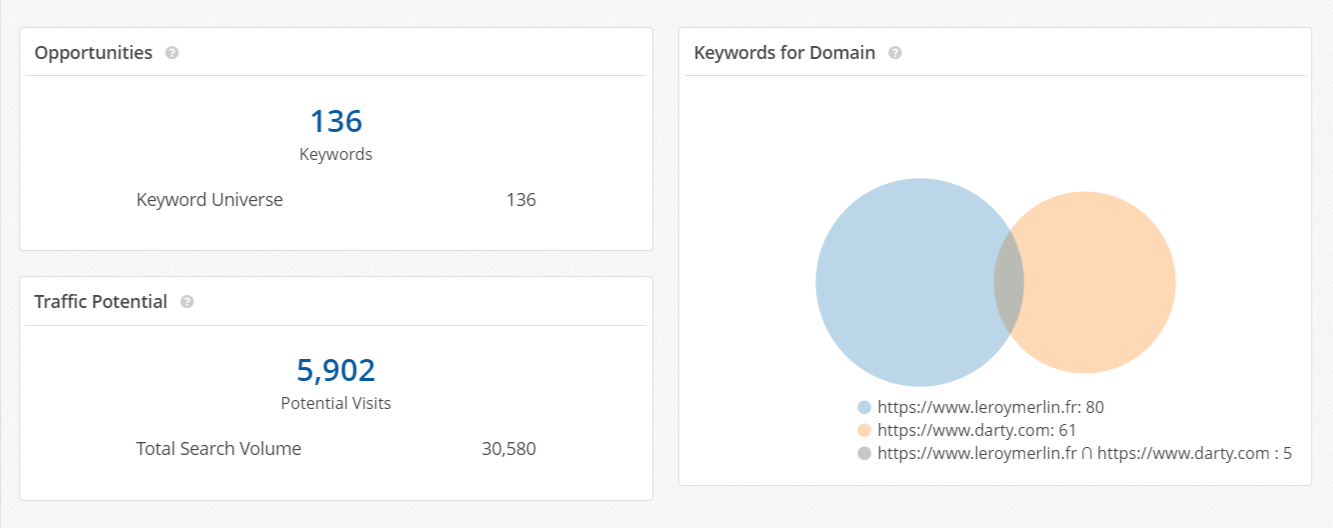 (Use Content Gaps to see the competitive landscape.)
(Use Content Gaps to see the competitive landscape.)
Part II. International SEO Strategies
Google ranking factors don’t change from country to country, but how you set up, and grow your site to rank in a specific country does require a different approach.
Your current site, most likely, won’t be good enough for international SEO. (Don’t worry, that’s why you’re here!)
Just cloning it and changing geo-targeting in Search Console will hardly deliver any results.
There are several reasons for this, including, but not limited to the following:
- Unless you target locations that speak your language, the target audience will not understand your site
- Even if you translated it, the structure, architecture, or even the flow of information might not match the target market
- Your keywords might not match, particularly if you’ve run them through Google Translate only
To do international SEO well, you need to launch a new version of your site and optimize it for the specific country and market.
Before you do that, you need to choose the right way to launch an international site.
Recommended Reading: 6 Steps to Succeed in Global SEO
The Two International SEO Strategies
You can target foreign markets in two ways (or use a combination of them both):
- Country targeting
- Language targeting
Each allows you to achieve the same objective: Launch a search presence in a foreign market.
When to use them and how they work differs greatly, and the approach you choose will affect your future decisions.
Strategy 1: Country Targeting
In this approach, also known as geo-targeting, your international site targets users in a specific location.
Unlike what many SEOs think, country targeting isn’t just about translating the site for the language your target user speaks.
For one, you might be targeting users who speak your language already, but the information that would engage them differs.
For example, a US clothing shop wishing to expand to the UK wouldn’t have to worry much about language. Sure, there are some differences between American and British English, but I doubt the differences would prevent a British buyer from understanding the copy.
It's the sizing conventions and other factors that differ between the regions.
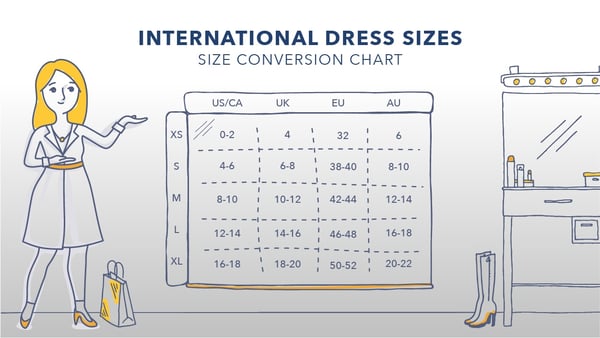 (Different countries have different considerations to keep in mind.)
(Different countries have different considerations to keep in mind.)
Therefore, the company could technically replicate their site for the UK market, but to take full advantage of the opportunity, they would have to amend the copy, product descriptions, their checkout, and many other elements to suit new target buyers — and to make sure their customers receive the best-fit product.
When to Use Country-Specific Targeting
- Your business depends on the location of the user,
- Your content or offer must change for the new location (e.g. different sizing options), or
- You have the resources to create country-specific content. Otherwise, you risk having duplicate content across your main and international sites.
Strategy 2: Language Targeting
In this approach, you target people who speak the same language but who do not necessarily live in the same location. A good example is Spanish, a language spoken in 20 countries, or French, the official language of 30 countries.
A business may wish to launch a website in a foreign language to position themselves for its native speakers. This company, for example, operates sites in three different languages: their native German, English, and French.
German:
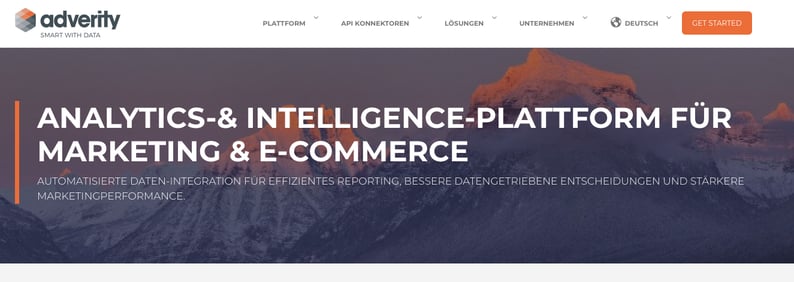
English:

French:

By focusing on a foreign language, you can target a vast number of audiences that speak it.
Note: It’s best practice to not automatically redirect a user to a certain language version of your website just based on location. Multiple languages are spoken in a single country, after all. You can, however, offer the suggestion to translate.
Businesses often merge the country and language approach. That’s particularly true if customers in the target location speak a different language than where the company is from.
Other International Considerations
Beyond content and copy is the setup of the website itself:
- URL Structure
- Cultural & Legal Considerations
- Server Location
- Link Building
- Various Search Engines
#1. International SEO URL Structure
This is the second most critical decision in international SEO, after the targeting option, because the URL structure of your international website will affect its search visibility like nothing else.
You can structure the URL in a number of ways:
Use country-specific top level domains (ccTLDs):
yourdomain.fr
Host the site on a subdomain:
fr.yourdomain.com
Or use a subfolder:
yourdomain.com/fr/
There are pros and cons for each, which affect how likely your new site is to rank well in the search results.
ccTLD is a separate, third-level domain
As a result, it lacks the link equity of your root domain. It might take time for it to acquire enough authority to start ranking significantly well.
Similarly, since ccTLD is a separate website, it might require additional resources to maintain.
Historically, SEOs preferred the ccTLD approach as Google used it to determine the site’s target location. This simplified the need to specify geo-targeting separately. However, according to 2017 observations by Eli Schwartz, this may no longer be the case.
One more challenge with ccTLDs is that some country codes are used for other purposes. Startup companies commonly use the .io ccTLD (British Indian Ocean Territory). Many companies use .co in their URL, too. As a result, the search engine has begun considering them as generic TLDs.
The subdomain places the content on the root domain
This approach requires no additional domain name. It’s also easier to maintain from a technical point of view.
However, the subdomain may or may not inherit the root domain authority. Similarly to ccTLD, this might struggle in SERPs initially.
The subdirectory inherits link equity
With the subdirectory, you place the content on the root domain. As a result, you don’t have to create separate website instances to manage it. It inherits its link equity, helping the international site in SERPs right away.
Which URL structure is best for international SEO?
If you opt for the country targeting, use ccTLD. Although it requires more work to maintain and build link equity, it sends the clearest signal to Google and users about the site.
For language targeting, use the subdirectory. When making the decision of what names to choose for the subdirectories, be sure to use common ISO language or country codes like uk for the UK, or es for Spanish, so Google can easily recognize the targeting.
| Targeting | URL Structure | Example | Pros | Cons |
| Country | ccTLD | Mydomain.co.uk | Strong signal to Google |
Inherits no link equity More effort to maintain |
| Language | Subdirectory | Mydomain.com/uk |
Easier to maintain Inherits link equity |
N/A |
#2. Cultural and Legal Considerations
Cultural differences can require you to adjust your offering further. Some brands had to go as far as changing their product names to suit the new market.
Even if you won’t have to make such drastic changes, local regulations might prevent you from displaying specific information (or demand you reveal more to customers!).
GDPR is a good example, forcing companies engaging with EU citizens to amend even such a fractional aspect of their site as the cookie policy.
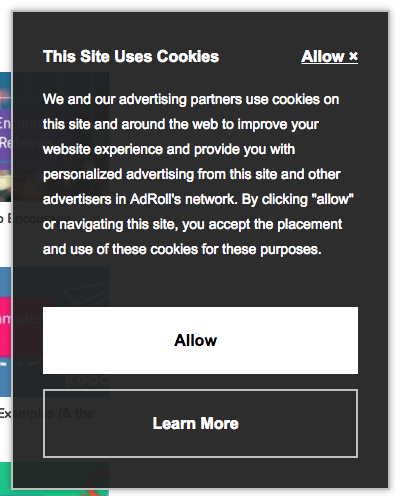
What’s important is that such factors might affect the SEO as well — from preventing you from displaying some information to forcing you to include disclaimers affecting on-page optimization.
Also consider localizing content like currency, time, and contact information (phone numbers, for example).
#3. Hosting
For country targeting, the server location might affect the site’s visibility.
Ideally, your international website should reside as close to the target location as possible. For example, the server location for sites targeting the UK is London.
The host location has a large impact on the page speed. The further away from the host from the user, the longer it will take for the site to load.
To overcome some of those issues, we recommend a CDN for content to utilize server locations near the audience.
#4. International Link Building
Regardless of which targeting option you use, you will have to build links to the international site. Ideally, they should be links from domains in the same location.
Unfortunately, getting links from foreign countries is often the most difficult international SEO activity. Many factors affect the international link building project — that could be anything from a different language, market, or audience, to the competitive landscape.
Keep in mind that:
- Your competitors in the new location might be far stronger,
- You might not know of any specific link sources to utilize quickly, and
- You might not know what strategies will work in the target country.
Here are some ideas to help you kickstart an international link building campaign:
Leverage existing links from that location
Audit your current backlink profile to identify potential links from your target market.
The simplest way is to look at the top level domain ratio. Though, keep in mind that many domains may use .com or other top level domains, which masks their country of origin.
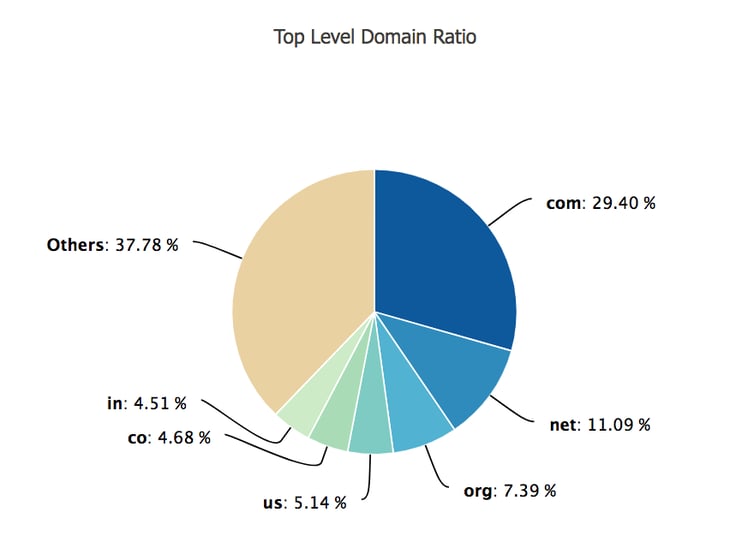 (Top level domain breakdown in seoClarity.)
(Top level domain breakdown in seoClarity.)
Another way is to assess the country code in the backlink profile. Like this:
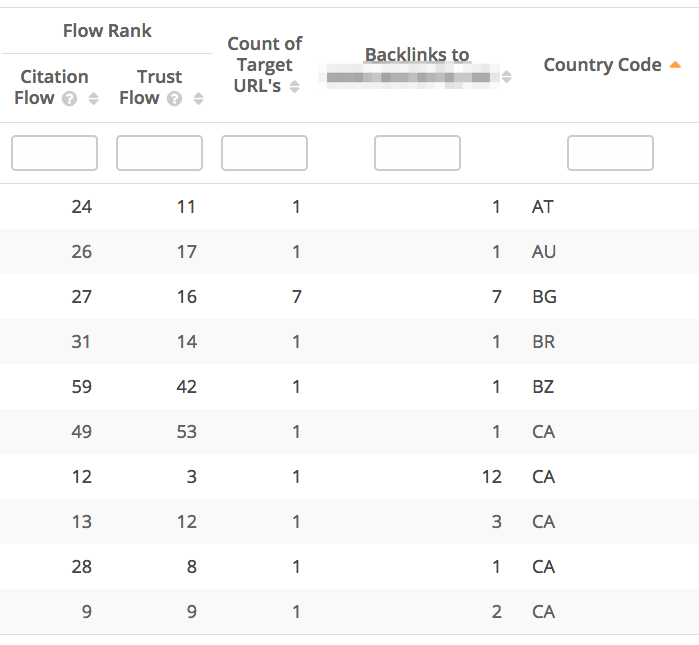
(Referring domains report in seoClarity.)
If you find any, consider either pointing them to the international site or recreating that backlink for it.
Evaluate your competitors' backlinks
Identify your top international competitors using the same methods we used for competitive keyword research above. Then, analyze where they get their links from, looking for opportunities to re-create backlinks.
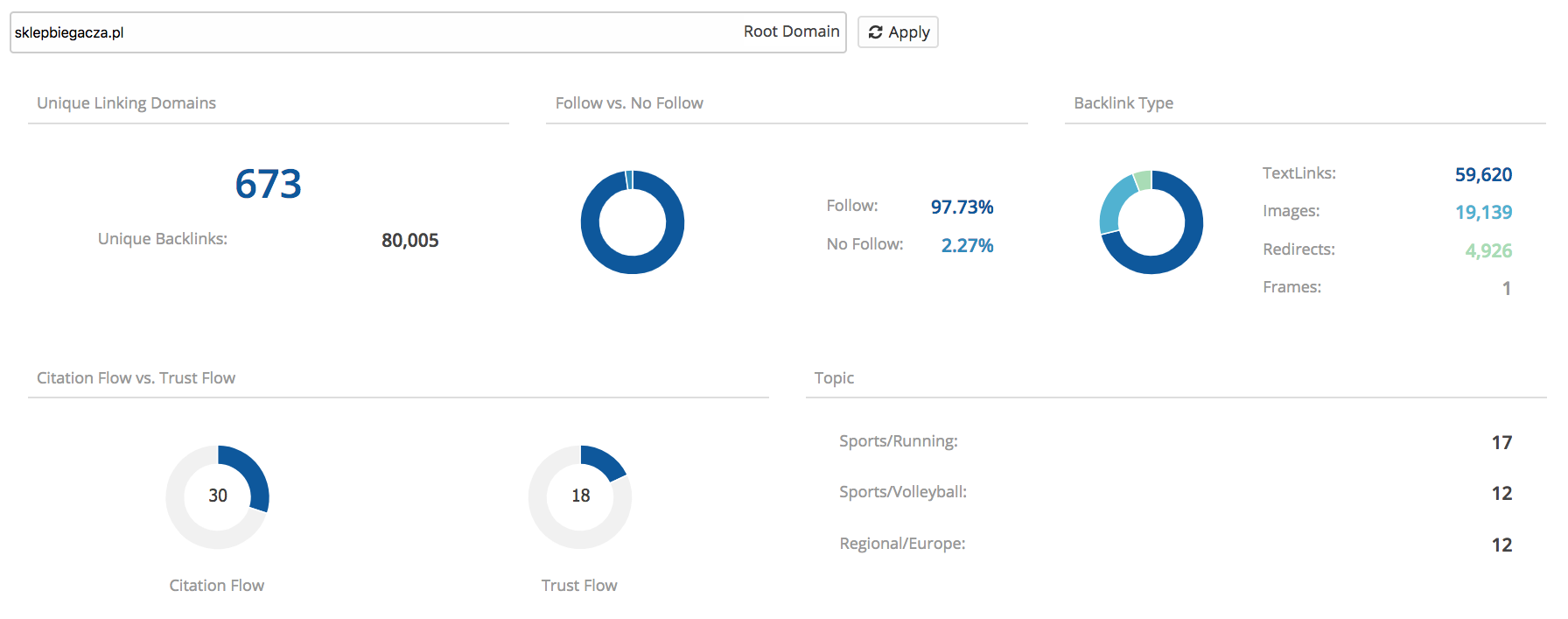
(Backlinks report in seoClarity.)
#5. Ranking in Local Search Engines
Google might be the most popular search engine, but it’s not the only one. Depending on your target market, you might have to optimize your site for additional search engines.
- Russia = Yandex
- Japan = Yahoo!
- China = Baidu
- South Korea = Naver
- and so on …
Each of those search engines ranks content differently, so you have to consider their ranking factors when creating a localized version of the site.
Part III. Optimizing the International Site
Traditional on-page elements aside, the two most critical elements to focus on in international SEO are:
- Translation (if needed, of course), and
- Tagging
Translation
The biggest thing you can take away from this section is: Don’t rely on Google Translate!
Google Translate doesn't consider cultural or regional factors in the translation. However, unless the copy is consistent with local customs or culture, its effect on a user might be minimal.
To tackle translation the right way, use a professional translator — ideally someone who either lives in the target location or originates from there.
Similarly, don’t translate just part of the content. I often see companies converting only the most important text while keeping other areas in a single language. An example of this are pages which feature user-generated content.
The individual content on the page gets translated, however, all user-generated content stays in its original form.
This results in a bad user experience. Not to mention, duplicate content issues (if the same user-generated content appears on many international versions of your site).
Finally, when commissioning the translation, don’t forget to include SEO assets like keywords, meta tags, image alt tags, and so on.
Tagging: Adding Hreflang Tags
Hreflang tags help ensure that Google displays the right version of the site to users in its target location or language.
But, many common issues with the tag can bring trouble. In fact, I often hear SEOs discuss how the majority of tags on sites they got to work with were wrong.
(Which, when you take a typical enterprise-level website, isn’t actually that surprising. With thousands of pages, and multiple languages or regions to target, even a single mistake can compromise the entire setup.)
Because of the above, you must put a significant effort into ensuring your tags are correct.
The most important thing to remember is this:
Always start the tag by defining the language first, then the region.
For example:
<link rel=”alternate” hreflang=”es-es” href=”https://www.mydomain.com/es/” />
Pay attention to the hreflang attribute. Although it includes what seems like two identical language and region references, it is more complex than this.
The first part defines the language (Spanish), the other, the region (Spain). If I wanted to target only Spanish (the language), I could leave the other bit out. My tag would look like this:
<link rel=”alternate” hreflang=”es” href=”https://www.mydomain.com/es/” />
Another example. Let’s assume that I want to target an English language site for the UK. My hreflang structure would include “en” (language) and “gb” (for Great Britain, the location). Like this:
<link rel=”alternate” hreflang=”en-gb” href=”https://www.mydomain.com/gb/” />
You can add hreflang tags via the XML sitemap. This is a useful method when you work with thousands of pages. However, you can also do it manually by specifying it directly in the <head> section of each page.
Recommended Reading: Does Your Site Need Self-Referencing Hreflang Tags? Hint: It Does!
There is one more final action to take after implementing hreflang tags: auditing your tags to identify any potential issues.
Of course, doing so manually would be an arduous process. That’s why seoClarity offers a site audit capability that reviews your hreflang tags specifically.
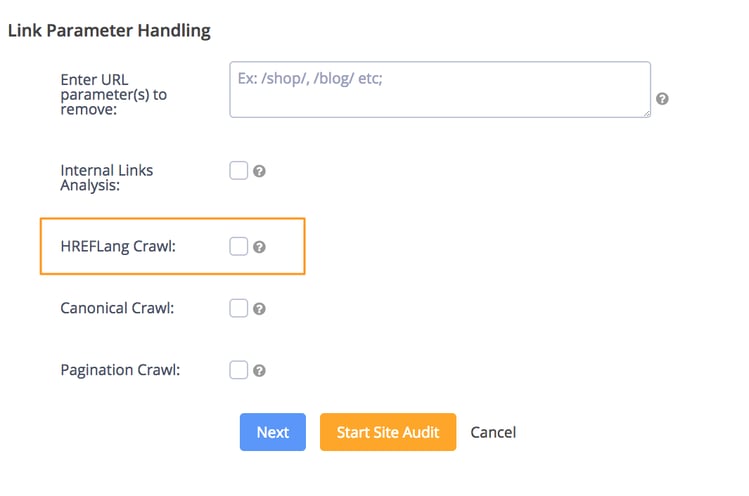
Conclusion
International SEO is hardly optional for the majority of large enterprises. In fact, boosting search engine visibility and an international audience is a critical factor for achieving faster growth.
After reading this guide, you're now equipped to launch an international SEO campaign for your organization and implement the applicable best practices.
See how seoClarity’s Client Success Managers strategize ways to operationalize our global clients' SEO strategies.





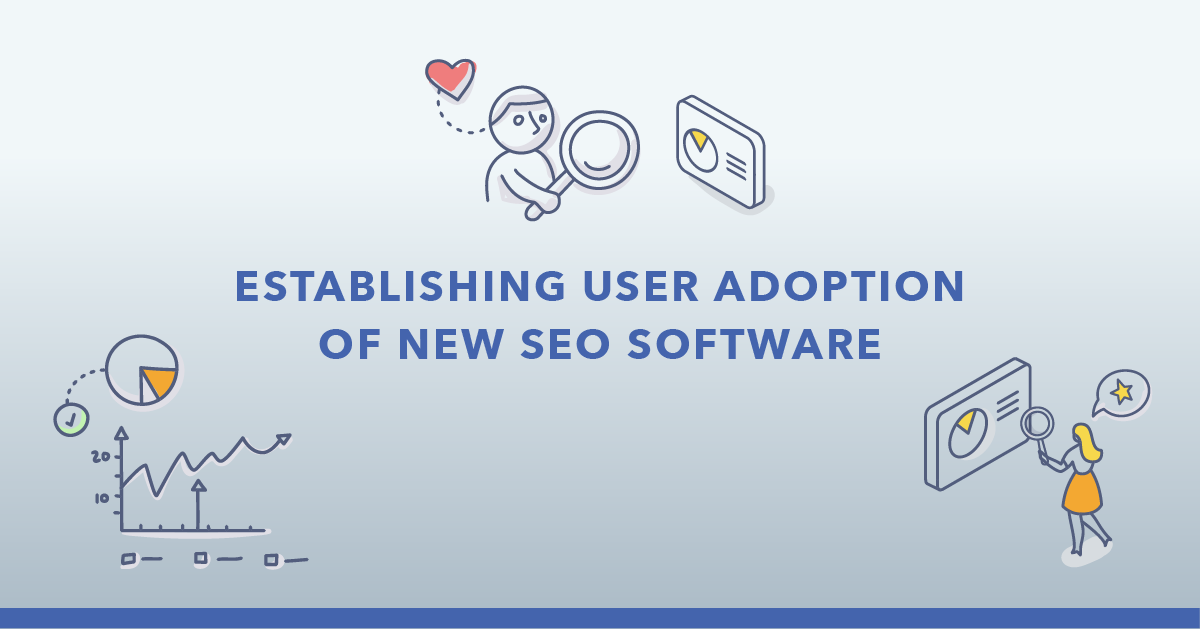
Comments
Currently, there are no comments. Be the first to post one!